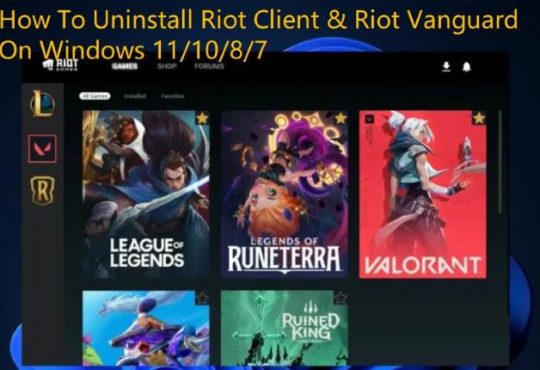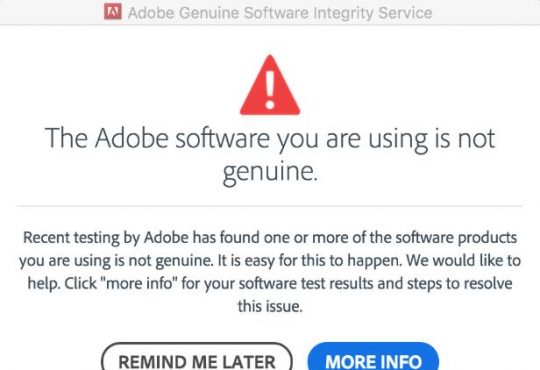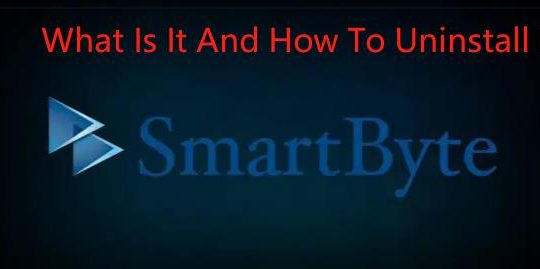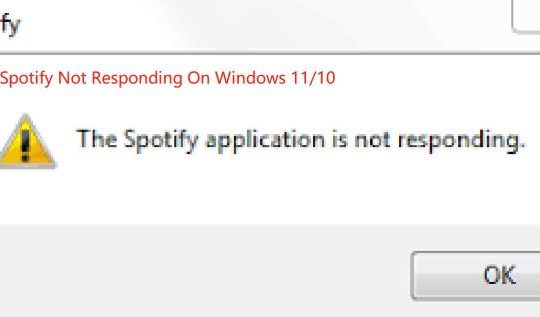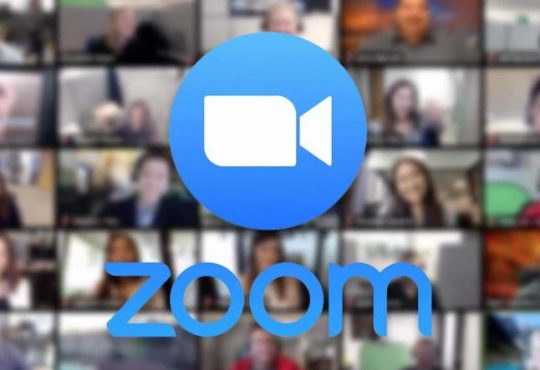Today you can’t surprise anyone with animation in design. Animation on websites is an important component. Microiterations link screens of different pages, effects explain options, accompany user actions. Animated interfaces help to establish feedback or simply attract attention.
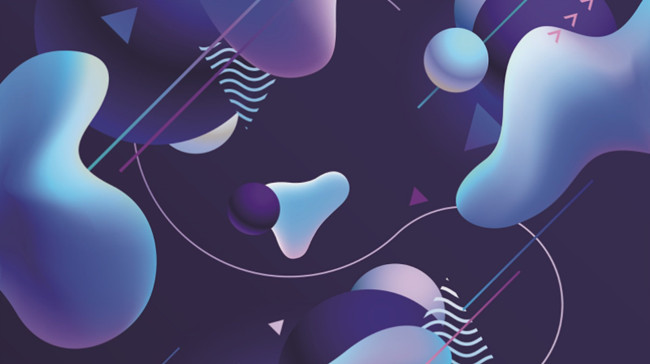
After looking through enough articles on animation, I find that if a particular case is not considered, then the advice is too general. No web resource has clearly presented the principles and UX rules for using animation for websites.
Loading Animations
Nowadays, high-speed Internet allows you to open sites and applications in a few seconds, but sometimes there are cases that you have to wait until a large amount of data is loaded.
To make it more interesting for site visitors to wait for the download to finish, you can make a nice animation.
Navigation and Menus (Non Scrolling)
The dropdown menu has received a second wind in animations in web design and came to life right as a popular option for mobile applications. This approach was not only a great solution to translate the main menu of the site into a small interface, but it was the only truly rational and practical way that covered all the navigational elements.
It was a brilliant idea for web design steps. It was also a prelude to another huge trend – the use of hamburger menu buttons, even though we didn’t really like them.
Galleries and Slideshows
This instrument is actively used in order to show images in multiple modes. And there is no need for the user’s distraction.
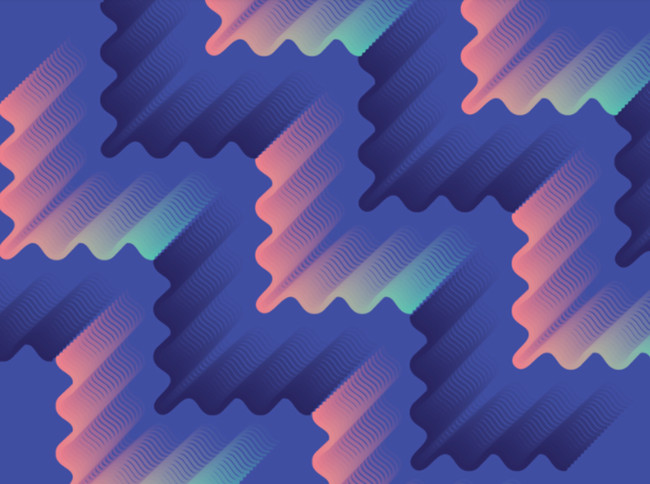
The designer always makes decisions himself, how fast is the speed. Also he decides on how many images are here in the cycle. But it’s important to make these decisions in the most light way. Even if the rate gets a bit different, the site can get real arrows in his work, and it’s a bad idea for users.
Galleries and slideshows are easy in use. In an absolutely natural way they show real-life functionality of the photo album. But it’s advisable not to use so many metaphors. High-quality visual treatment is the best solution. The actual animated web page design of the slider or gallery should be minimized, so as a result each image would be seen for 5-9 seconds.
Attracting attention
Animation is a powerful tool for grabbing the visitor’s attention to a landing page or website. Before applying this technology to a web resource, a marketer should take into account the conversion goal, the frequency of the animation and the mechanism of its impact on users.
Scrolling
The way this kind of animation works is pretty simple on the one hand and complicated on the other. The easier stage includes the collection of several technical points into one whole. The difficulty lies in how exactly everything will interact with each other so that the user really gets the impression that in front of him there is a single and well-developed object, ready for interaction.
Separates one type of content from another, allows the user to concentrate on solving one specific issue: reading a description, viewing a picture, comments, etc.
Page Motion
With the help of this element the users can understand the hierarchical relationships between animated web pages, their purpose. For example, some lines of an animated object can carry information, while others can be clickable buttons. And the user understands this intuitively even before he comprehends what he sees.
Backgrounds
If the background with animation was created in the proper way, the website can get the vitality in the proper way. The main question here is to make the moderation. At a time these are the individual sections. In some cases the entire image has to be moved.
More Articles:

